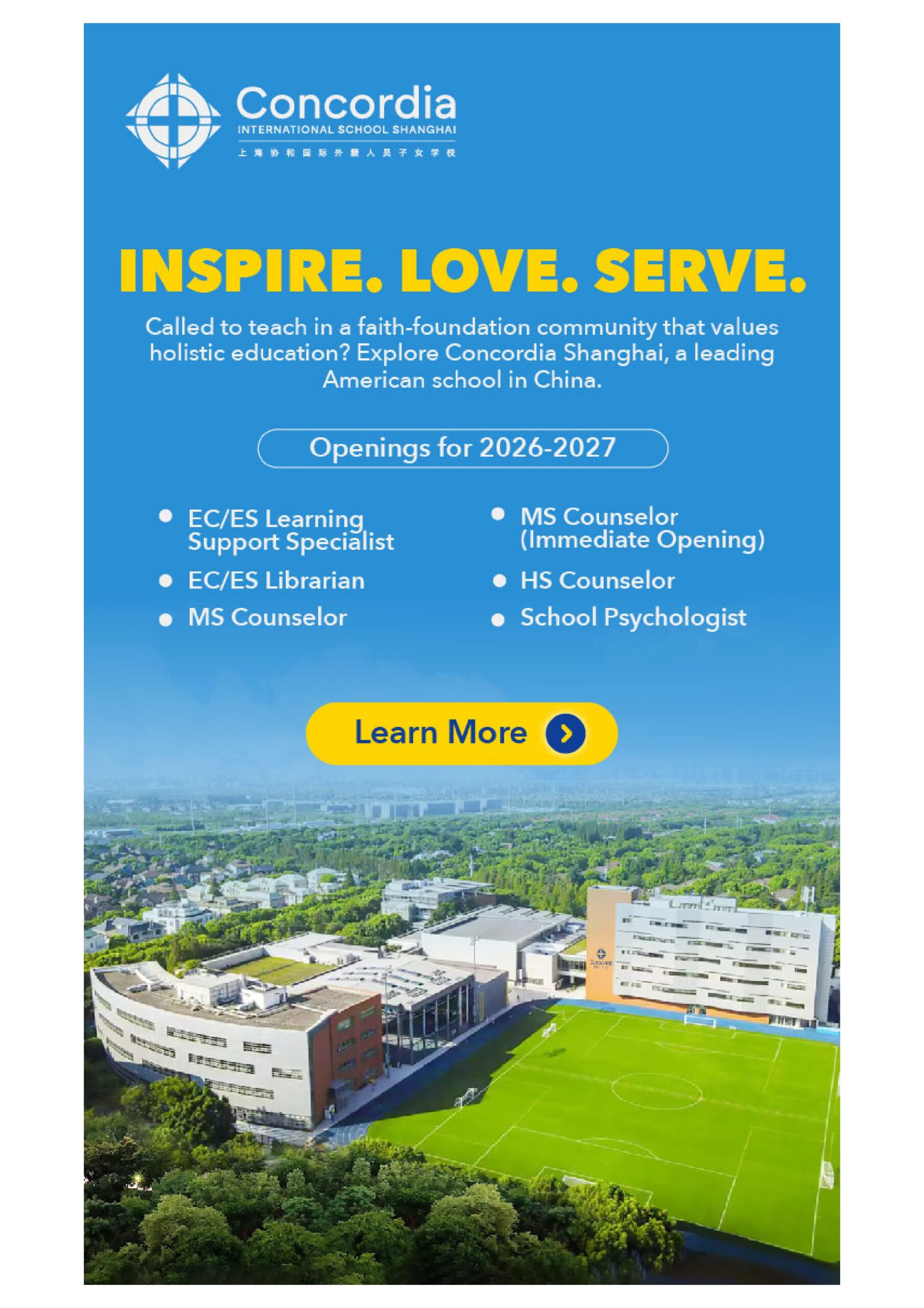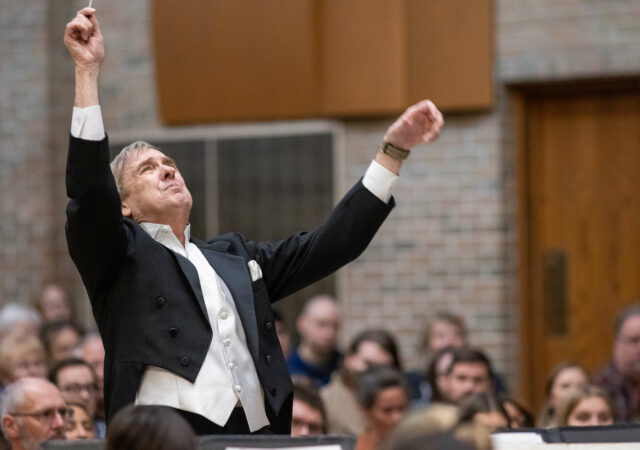After a four-month hiatus, the Braille, large-type, and audiocassette versions of The Lutheran Witness are back in production, thanks to a grant from LCMS World Relief and Human Care.
“I was surprised and overwhelmed with joy when I got the phone call from Human Care that they wanted to do this,” said Rev. David Andrus, executive director of Lutheran Blind Mission, which produces the special editions. “Surprised because so often blind people are overlooked. Overjoyed because this time they were not.
“Because of this, we’ll be able to help them stay connected to God and his people, the church.”
Andrus, who has been blind since age 11, said Braille, large-type, and recorded versions of Christian materials can be lifelines to blind people, “who are very isolated and separated from society and from churches.” The grant, he added, is evidence that LCMS World Relief and Human Care (WR-HC) recognizes the value of maintaining that connection between the blind and the Christian world.”
Rev. John Fale, associate executive director of LCMS WR-HC, said the action is part of LCMS WR-HC’s convention-mandated duty to “facilitate ministry with and to people with disabilities.”
The grant makes it possible for blind and low-vision people to continue reading the magazine, “keeping them connected to the theology and life of their church,” Fale said.
The Lutheran Witness was one of several magazines affected by the decision of Lutheran Blind Mission to suspend production in January, largely because of a drop in donations. Because the grant is specifically intended for producing Braille, large-type, and audiocassette versions of The Lutheran Witness, it is the only magazine that will resume production of those formats in May. The others — including the Braille editions of Higher Things, Lutheran Digest, and My Devotions; the large-type edition of Lutheran Digest; and audiocassette formats for Lutheran Digest and Higher Things — will be re-evaluated by Lutheran Blind Mission this summer.
Of those who order the special editions of The Lutheran Witness, about 90 people use the Braille, about 300 read the large type, and about 180 listen to the audiocassettes, according to Andrus.
Although he was at first “frustrated, angry, and a bit discouraged” about the poor economy’s impact on Lutheran Blind Mission (LBM), Andrus says he now sees how God “is fulfilling His promise [that] all things work together for good for those who love Him (Romans 8:28) and He’s really working some good things out of this.”
With less income, the mission organization has had to become more creative in streamlining its operation, he says. For example, instead of sponsoring the annual weeklong Christian Blind Institute for blind mission workers this summer, LBM will begin using a more economical model of “telephone conferencing” for some two dozen new students.
Another new development is making the Braille computer file of The Lutheran Witness available online so that blind people with compatible software programs can listen to the magazine’s stories.
That file is available at www.blindmission.org (click on “Resources”).
Posted April 6, 2009




